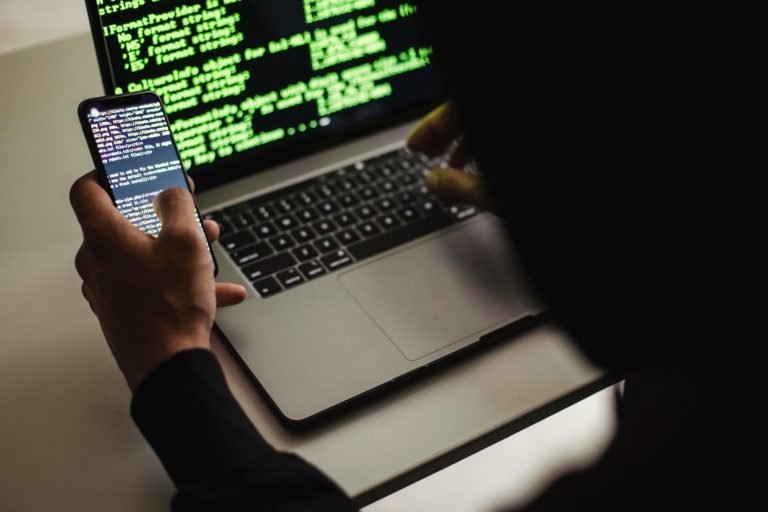Online con artists are continuously imaginative and aggressive, going so far as to construct complete, legitimate profiles with detailed personal identifiable information (PII) and foolproof document pictures. According to the Identity Theft Centre, there were 491 data breaches in the United States in the second quarter of 2021, up 38 percent from the first quarter.
While identification document verification is a typical protection against identity theft and fraud, traditional services can’t compete with more sophisticated fraudsters who learn to overcome each new document verification barrier.The difficulty is that even if a government-issued ID is validated as genuine and matches a selfie, it still doesn’t tell anything about the individual who took the selfie. It’s still the digital equivalent of a supermarket clerk matching a customer’s face to their driver’s licence photo when they’re buying booze. The clerk can verify that the customer is who they say they are and that they are of legal drinking age, but she can’t guarantee that they will drink responsibly.
Predictive Document Verification is Fueled by Machine Learning:
Separated ID-to-selfie identification matching techniques have become obsolete in the face of these clever criminals. Predictive document verification enabled by machine learning is the next step in the evolution of identity verification. Predictive document and identity verification with machine learning integrations is more than just a binary check of document authenticity: it predicts a matched identity’s behaviour in seconds and delivers a holistic decision on whether they are trustworthy and should be allowed into the business ecosystem.
All of this is made feasible by machine learning approaches that use data-driven algorithms to extract information from historical outcomes data. This transforms data into predictive mode, allowing you to get results based on historical outcomes rather than just inputs. “Based on the inputs, this ID is genuine,” traditional digital document verification may say, whereas machine learning might respond, “This ID is valid, and based on prior patterns similar to this case, here is this customer’s level of risk.”
Machine learning, of all, is only as good as the data provided to it. Three fundamental characteristics of machine learning that transform it from performative to predictive are listed below.
Feedback on performance:
Machine learning is always improving at anticipating fraud thanks to integrated performance feedback. Machines can fine-tune their algorithms by “feeding back” the findings for papers that were validated or not by the system. As a result, the decisions become smarter and smarter. This active, continuous data collecting allows for real-time modifications in order to anticipate hazards and remain ahead of developing threats.
Clustering:
Machine learning uses a large number of data points for purposes other than selfie matching. “Clusters” of data are produced by combining document patterns, biometric insights, a large identity pool, and other factors. As a result of the clustering, more holistic insights are gained, which can then be used to make a final prediction.
Rates of conversion:
Machine learning is a frictionless, end-to-end process that automates the learning process. Signals are passively recorded and assessed in the background before being incorporated into a decision, with no influence on the end-user attempting to be validated. A single selfie can fulfil both face recognition and liveness detection using machine learning-based predictive document verification. Machine learning is replaced by human-powered manual reviews in other non-predictive systems, which are prone to biases and errors and take days to make choices. Machine learning assesses full characteristics of an identity in 10 seconds or less using a holistic, automated approach. For unrivalled auto-decisioning and improved client conversions, friction is reduced while accuracy is increased.
Holistic Authentication with Machine Learning
Machine-learning-powered document verification combines all aspects of a digital identity, such as the risk of the user’s device, address, and phone number, with the extracted document PII, and compares it to authoritative data sources like utility providers and credit headers. As a result, the risk signals driving the decision go beyond mere document authentication, offering the most accurate and predicted outcome on whether the customer is who they say they are and whether you should do business with them. And all of these identification attribute correlations and verifications happen in milliseconds, in parallel with the document authentication procedure, which takes only seconds.
Conclusion:
Document verification systems that are siloed leave fraud holes. The passport may be authenticated, and the selfie may match, but there is little to no awareness of the identity’s risk. Predictive DocV fills in the gaps by combining ID document verification with native fraud signals to provide a comprehensive consumer identification profile with 98 percent auto-decision rates.





